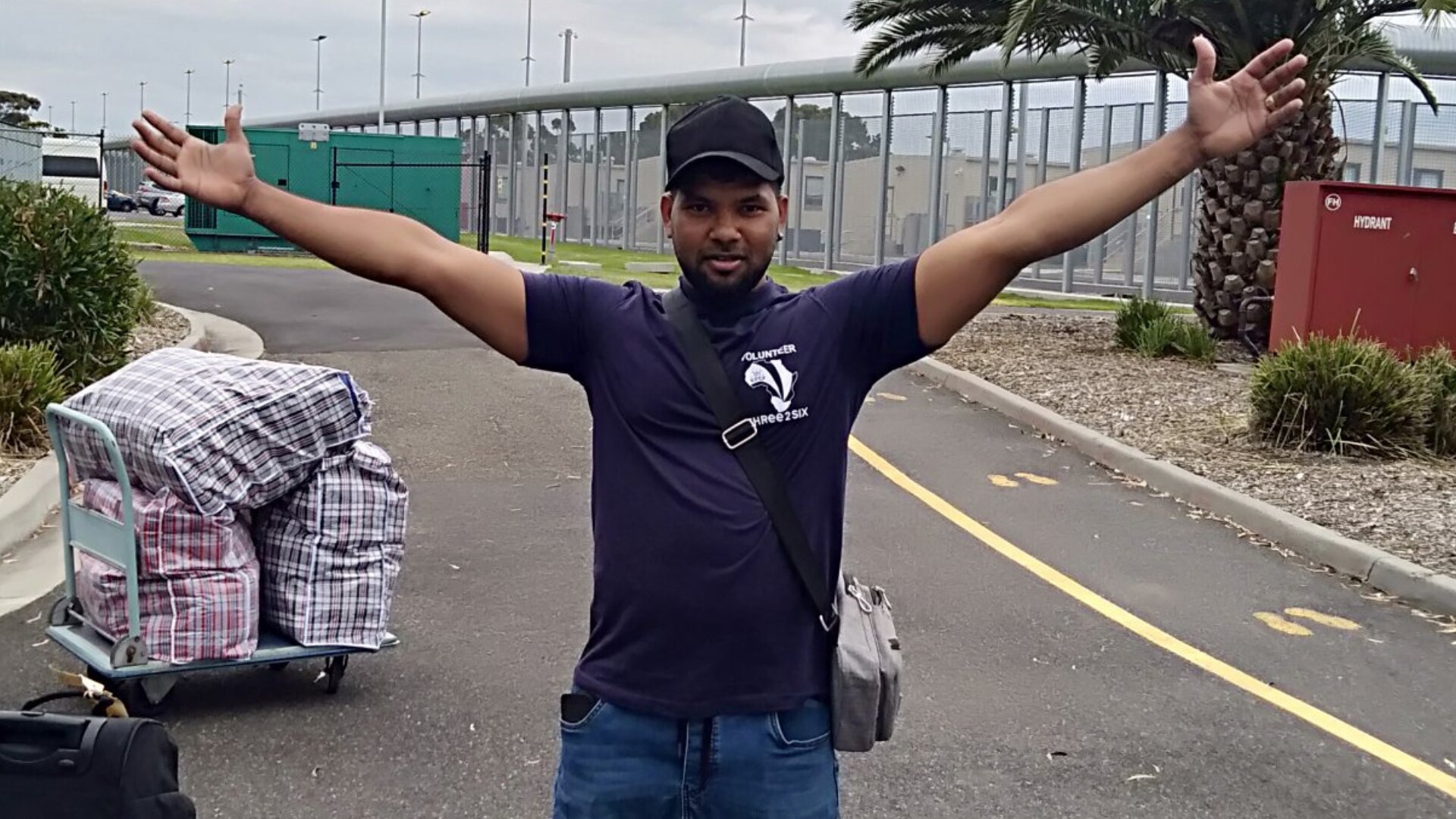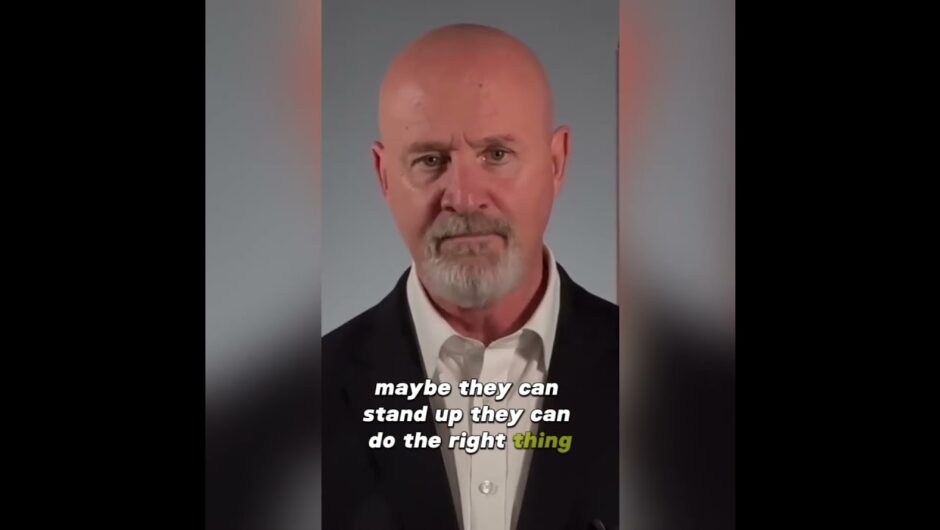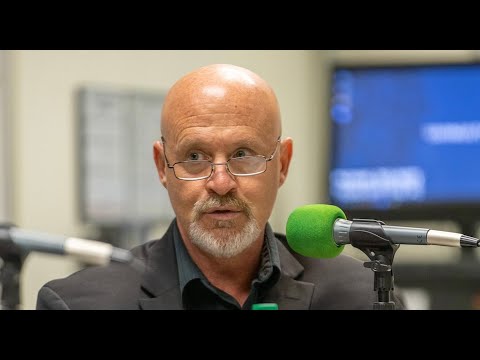Ethiopian refugee Betelhem Tebubu has been living in Australia legally for four years but every six months she is forced to briefly revisit her experiences in immigration detention.
The 28-year-old dreads the twice-yearly calls she gets from immigration officials, who remind her of the limitations of her bridging visa.
Before the pandemic shut down in-person services, she said she was forced to travel to the immigration office where she was detained for up to eight hours while her visa renewal documents were signed and she was once again legally allowed to be in the country.
“They used to send us a message saying bring your medication, food, and water because you are [going to be] detained all day,” she told SBS News from Melbourne, where she now lives.
“We were in the office for eight hours, because they locked the door. Even if we wanted to go to the toilet, we had to go with security.”
Ms Tebubu was just 21 years old when she fled her home country due to political unrest, leaving behind her family.
After attempting to make it to Australia by boat, she was intercepted by Australian Border Force and detained on Nauru for more than a year.
She was transferred to the mainland for medical treatment in 2015 and spent a further two years in the Brisbane Immigration Transit Accommodation facility before being moved to community detention.
She’s now allowed to live and work freely in the community after being granted a six-month final departure Bridging E Visa – the same temporary visa granted to about 60 refugees and asylum seekers who were freed from immigration detention in Melbourne last month.
“We are free, but we’re in a big detention on a bridging visa. I can walk, but my mind is not free,” she said.
“I never ever buy something for my house, because I don’t know what they’re going to do tomorrow. My mind never settles.”
Bridging E Visas are granted for the purpose of allowing holders to finalise their arrangements to leave Australia, wait for an immigration decision, or allow for a protection visa to be finalised.
They have varying lengths, but in Ms Tebubu’s case it means she is forced to reapply for the visa every six months, and in some cases, visa holders can be returned to immigration detention if their application is rejected.
It’s a fear always on Ms Tebubu’s mind when her six-month deadline rolls around.
“I’m always scared to lose my job, because if my visa runs out, I can’t work,” she said.
Ms Tebubu now works on the Melbourne Metro, after spending more than a year looking for work.
“Every five months when it comes up, I am always nervous because it is hard to get a job on this visa,” she added.
More than 12,000 people who sought asylum in Australia by sea – designated Illegal Maritime Arrivals by the government – currently live in the community on bridging visas.
The experiences of Ms Tebubu gives an idea of what the future looks like for the almost 60 recently-released asylum seekers and refugees.
While their release was celebrated as a major breakthrough after almost seven years in detention, refugee advocates and lawyers have warned their lives are “still in limbo”.
“Granting this type of visa to this cohort of people seeking asylum means we are not sure what is going to happen next, at the end of the six months,” said Rachel Saravanamuthu, a senior solicitor at the Asylum Seeker Resource Centre.
“It’s become a political game, where there is no kind of clear or transparent pathway for them.”
Meanwhile, the men, who are currently living in government-funded motels for the short-term future, are struggling to come to terms with their newfound freedom.
Sri Lankan Tamil refugee Thanush Selvarasa was one of at least 12 men released from Melbourne Immigration Transit Accommodation, known as MITA, last month after spending six years on Manus Island.
He told SBS News that, while he was “really enjoying” his freedom, he is in a “different kind of pain now”.
“I need some time to recover from these past torturous years,” he said. “I can’t make any decision on what I’m going to do because I have only been given a six-month visa, but I would like to contribute to this country.”
Bridging visa recipients are able to work, but not study, and are eligible for Medicare support but not federal financial assistance.
Following the release of the men, a coalition of supporters and advocates have come together to ensure they are able to access necessities, such as food, and begin the process of finding them paid work after up to eight years in detention.
“We can’t do anything ourselves without their support,” Mr Selvarasa said.
The Department of Home Affairs has repeatedly refused to provide information on the futures of the men, or the reason for their sudden release, other than to make clear that “no one who attempts illegal maritime travel to Australia will be permanently settled” in Australia.
Without a change in government policy, there are few permanent options available to the men.
As many have been found to be refugees, they cannot lawfully be returned to their home country. The most likely options for them are a return to Papua New Guinea or Nauru or securing resettlement in a third country.
Australia struck a deal with the United States in 2016 to resettle 1,250 refugees from Manus Island and Nauru, but the majority of the available spots have already been taken.
Home Affairs deputy secretary Marc Ablong told Senate Estimates in October last year that the end of the program was approaching, with more than 1,100 refugees expected to have been resettled in the US by April 2021.
Meanwhile, the government has so far declined to accept an offer from New Zealand to resettle 150 asylum seekers from offshore detention.
While bridging visa holders can exit Australia they would not be permitted to re-enter Australia if they chose to do so.
It would also require them to secure a visa to lawfully enter another country, something that Ms Saravanamuthu said would be a major challenge.
“It would be extremely difficult for them to enter another country without having a visa to enter that country … that would be one of the main barriers,” she said.
There are thought to be more than 100 refugees and asylum seekers brought to Australia under the now-repealed Medevac laws who are still being held in hotels in Melbourne and Brisbane.
For the lawyers and advocates representing the men, the uncertainty around what will happen next makes it difficult to “manage expectations”, Ms Saravanamuthu added.
“We don’t know what will happen next, so it is very difficult to provide people with legal advice and certainty when we are unsure how the government is going to respond,” she said.
“After working in the sector for several years, you know to expect the unexpected. Nothing’s a guarantee.”







